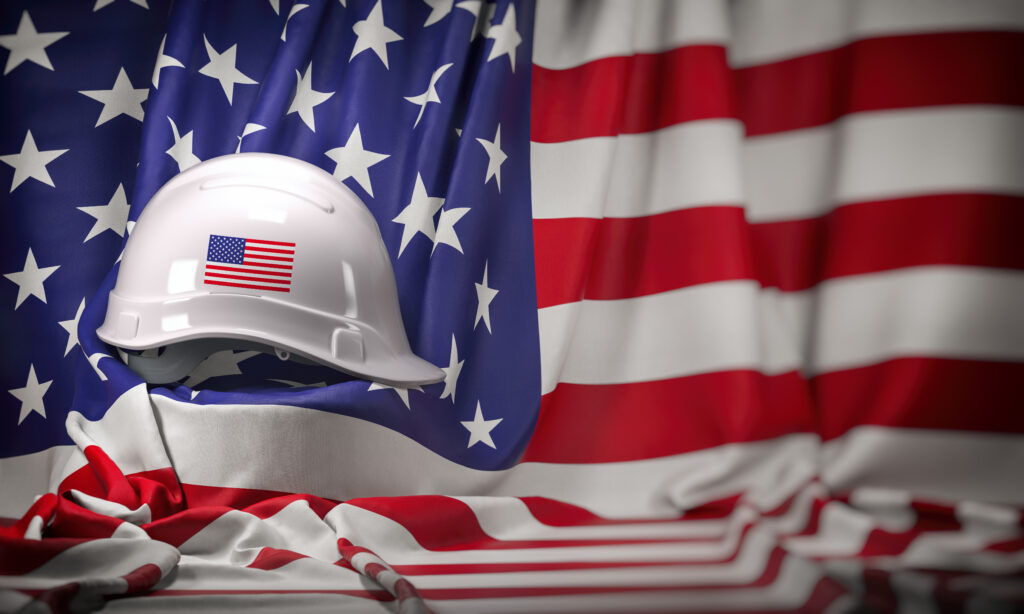In recent years, the reshoring trend—bringing manufacturing operations back to the United States from overseas—has gained significant momentum among American businesses.
While it has long been the reality that industrial products produced in China carried a significantly lower “landed cost,” or unit cost that includes tariffs, shipping, and transaction fees; trends and developments such as automation, government subsidies, and the 2019 import tariffs have narrowed the gap between landed Chiana cost and landed US cost. Figures 1 and 2 below (courtesy of Fountainhead Advisors), chart this trend more clearly.
Beyond this significant shift, there are several reasons to reshore your custom injection molding project back to the United States. Here are just the top ten:
1. Reduced Lead Times
a. Bringing production closer to your market significantly cuts down on lead times. Since the pandemic, buys of injection molded components have suffered from inventory control issues stemming from increased lead times. Responsiveness to market changes and customer demands is critical for business successful, which means that the long lead times associated with supply chains that extend in Asia would be racking up your business’s non-dollar costs.
2. Lower Shipping Costs
a. Long-distance international shipping is both costly and time-consuming. Reshoring reduces these costs and complexities, especially with the rise in global shipping rates and the unpredictability of international logistics. This is especially true when considering that many custom injection molded components are large, making ocean shipping costlier on a per-unit basis.
3. Enhanced Quality Control
a. Manufacturing within the United States allows for tighter quality control and oversight. American manufacturing standards are among the highest in the world, ensuring that your products meet the quality expectations of your customers.
4. Strengthened Supply Chain
a. The COVID-19 pandemic exposed the vulnerabilities of extended global supply chains. Reshoring helps mitigate these risks by shortening the supply chain, offering greater stability, and reducing the likelihood of disruption. The efficacy of your business’s supply chain goes far beyond just shortened lead times. Rising geopolitical tensions between the United States and China make the likelihood of severed production lines much higher.
5. Increased Innovation
a. Close proximity between design, engineering, and manufacturing teams fosters innovation. This streamlined collaboration leads to better products, quicker iterations, and a stronger ability to innovate in response to market needs. Any project manager, engineer, or design executive that has been able to work side by side with suppliers and vendors to tackle and solve design problems understands the time and costs savings associated with being located near strategic suppliers.
6. Positive Brand Perception
a. “Made in the USA” is a powerful label that resonates with American consumers. It signifies quality and supports the national economy, enhancing your brand’s reputation and appeal. According this article by Morning Consult, nearly 2/3 of US consumers said that routinely sought out “Made in America” products.
7. Support for the Local Economy
a. Reshoring contributes to the American economy by creating jobs and supporting local communities. This, in turn, can improve market sentiment towards your brand and contribute to a positive corporate image.
8. Greater Intellectual Property Protection
a. The United States offers strong intellectual property (IP) laws compared to many other countries. Reshoring can provide better protection for your innovations and reduce the risk of counterfeit products. Tragically, the list of companies that have had IP stolen by Chinese companies is long.
9. Energy Costs and Sustainability
a. The U.S. has access to relatively low-cost and sustainable energy sources. Manufacturing in America allows companies to take advantage of these resources, reducing operational costs and supporting sustainability initiatives.
10. Government Incentives
a. Federal, state, and local incentives to reshore can offset some of the costs associated with moving your manufacturing operations back to the United States. These incentives can come in the form of tax breaks, grants, or other financial benefits
The decision to reshore manufacturing operations back to the United States is multifaceted, involving considerations of cost, quality, supply chain stability, and brand perception. However, the benefits of doing so are clear and can position companies for greater resilience, competitiveness, and success in the global market. As the landscape continues to evolve, reshoring represents not just a return to American roots but a strategic move towards a sustainable and innovative future in manufacturing.


